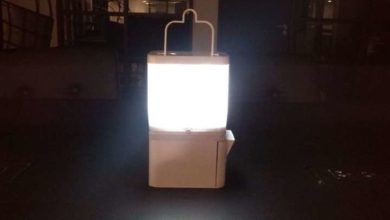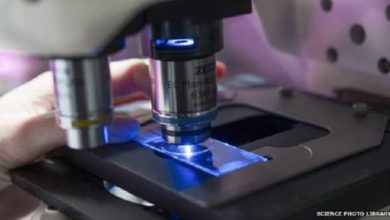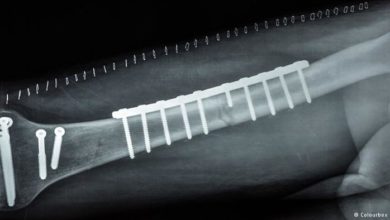جهاز ذكى ALEX يحميك من آلام الرقبة [فيديو]
يؤثر الجلوس ساعات طويلة أمام أجهزة الكمبيوتر والهواتف الذكية بشكل كبير على الرقبة وعظام الظهر، ويسبب آلاما واسعة يمكن أن تؤثر على صحة المستخدمين فى المستقبل، لذلك قام مجموعة من الباحثين بتطوير جهاز ذكى جديد يمكن ارتداؤه يحمل اسم ALEX، وهو يساعد المستخدم فى الجلوس بشكل صحيح، وضبط زاوية الرقبة أثناء النظر لشاشات الكمبيوتر والأجهزة الذكية المختلفة، لأن ثنى الرقبة لساعات طويلة دون وعى عند النظر إلى الشاشات، مع مرور الوقت، يمكن أن يؤدى إلى آلام فى العضلات والأعصاب.

الجهاز الجديد وفقا لما ذكره موقع GIZMAG الأمريكى يتم ارتداؤه على الرقبة ويعمل على تنبيه المستخدم بمجرد الجلوس وثنى رأسه بشكل غير آمن، وهذا عن طريق أجهزة الاستشعار التى يمكنها معرفة الوقت الذى يجلس فيه المستخدم بشكل غير صحيح، لأن الجهاز يتابع الوضع النسبى للجسم وعلى أساسة يحذر المستخدم عبر تطبيق على الهاتف الذكى، والجهاز ALEX الجديد له تصميم أنيق ومريح للغاية يمكن استخدامه فى العمل والمنزل، وهو الآن متاح على موقع kickstarter للحصول على التمويل اللازم.






